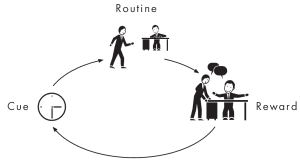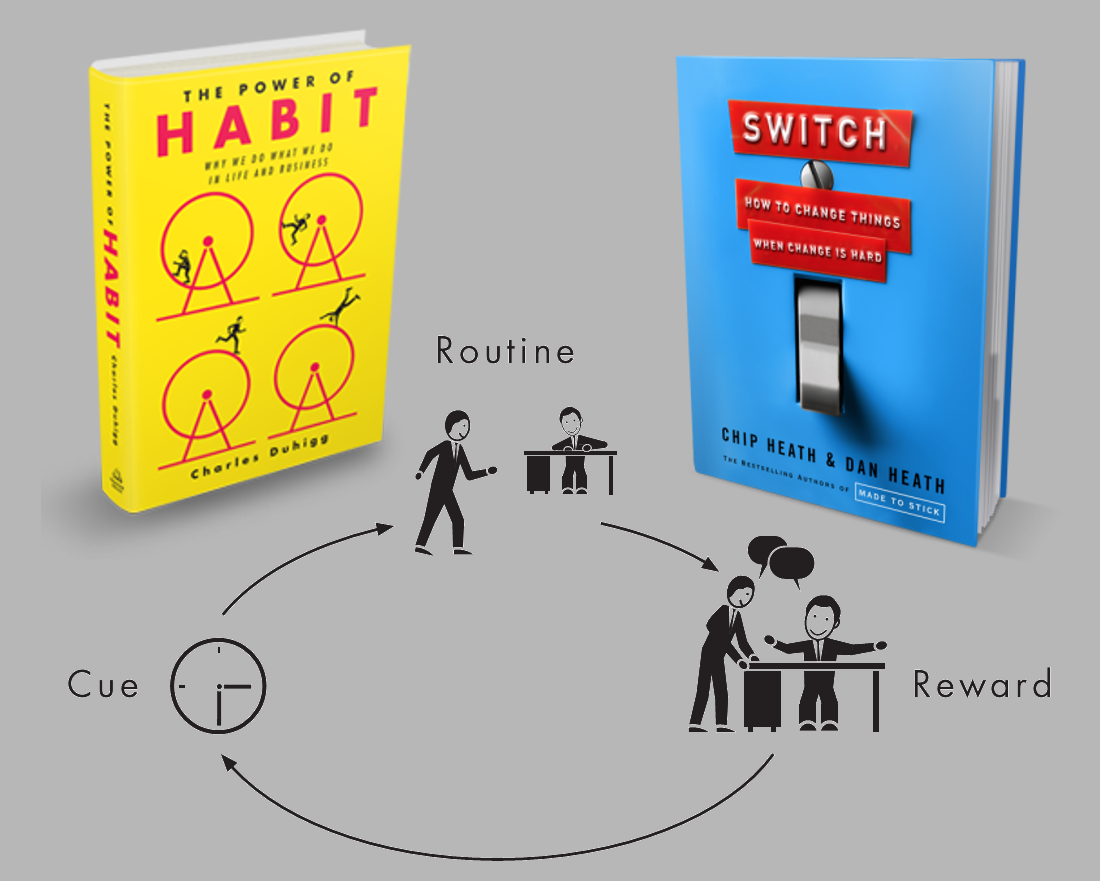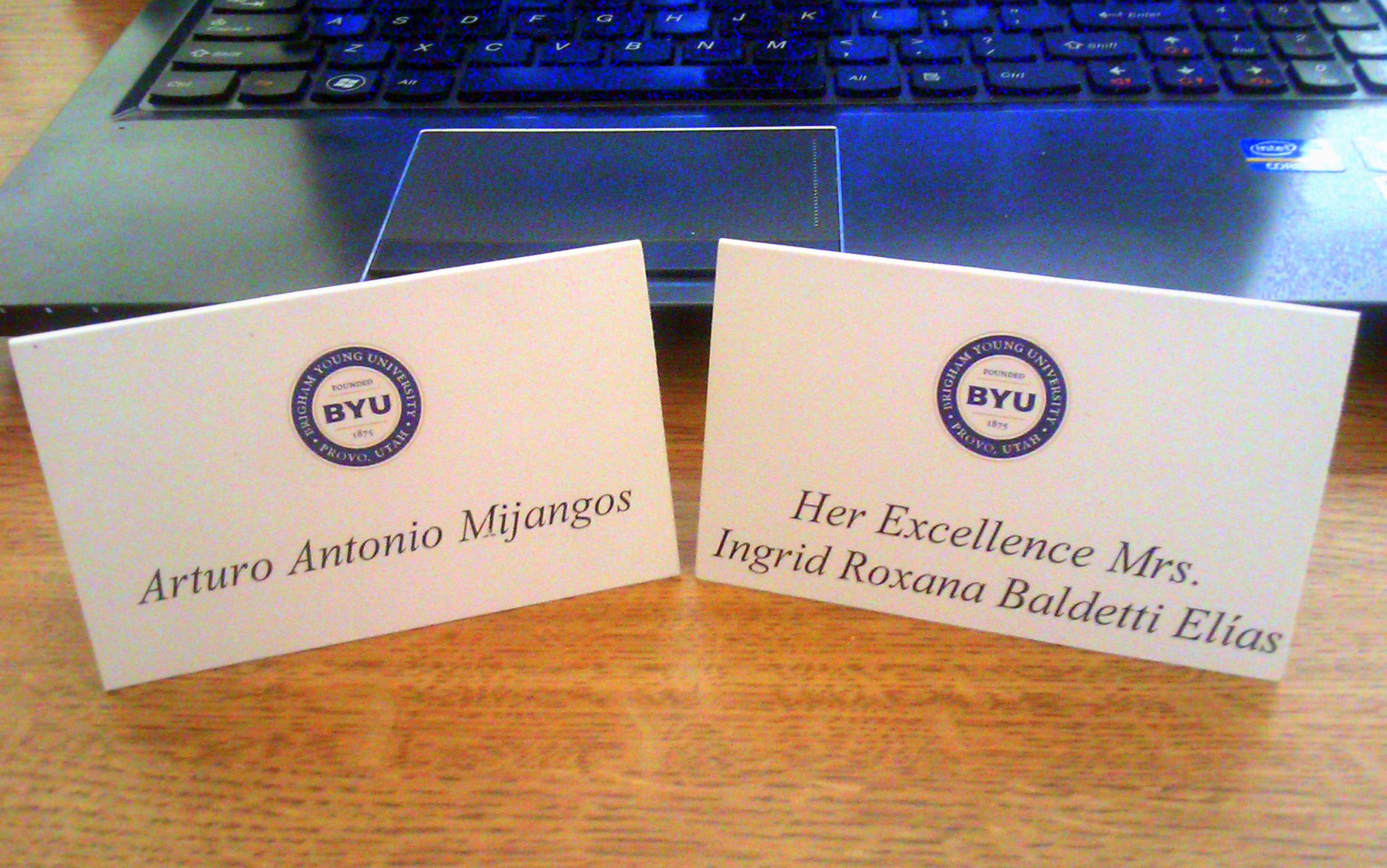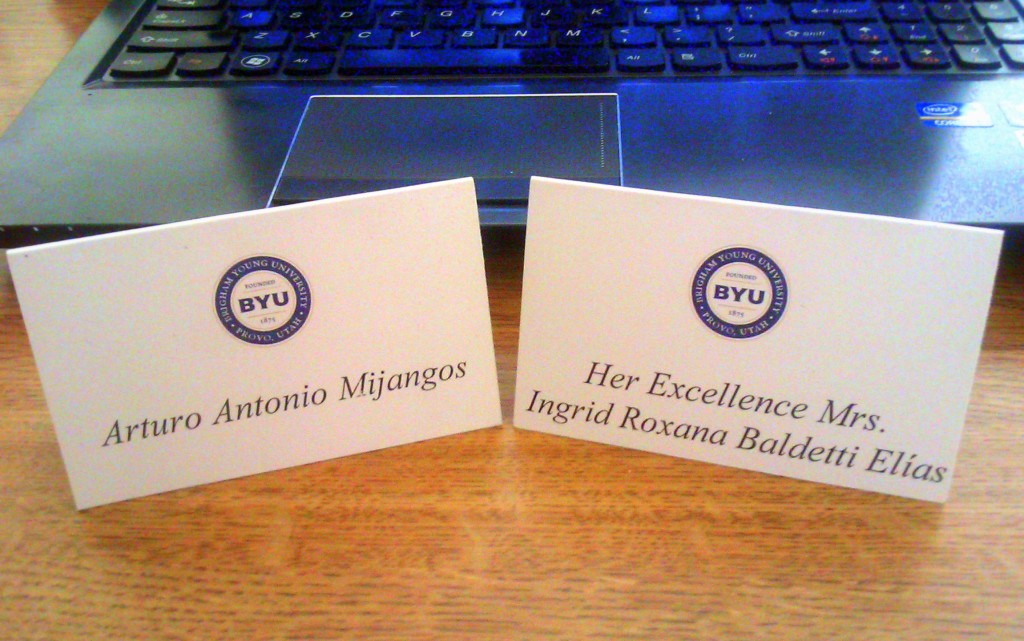UPDATE (6/3/2013) – It has been 2 weeks that i have started, and I feel great. I’ve added a new short term destination which is a 5K run in Sept.
The last 3 weeks I’ve been reading about habits and change, now that I’m graduating from graduate school and starting a new job I wanted to start creating better habits. I want better habits for exercise, healthy eating, and spiritual development. I chose 2 books, because the reviews were good and I had seen them in different places and recommended by different people.
 The Power of Habit: Why We Do What We Do in Life and Business by Charles Duhigg My rating: 3 of 5 stars |
 Switch: How to Change Things When Change Is Hard by Chip Heath My rating: 4 of 5 stars |
| The book is powerful in explaining the why of habits. The author offers great stories and studies on habits. While reading the book, I felt that I wasn’t getting a good framework for creating new habits or changing bad one. There are stories about both topics, but nothing was really concrete. At the end of the book, the author revisits all the topics and creates a framework for establishing new habits or changing old ones; but it seems like an after thought. | Great book, it does a great job of setting a road map that is easy to follow when determining change. The process is simple and straightforward. The book is set up in a way that the reader can find the information that they need in order to implement change. The book doesn’t go too deep into the theory, but rather points to practices that maybe implemented in order for change to happen. Each part of the book works independent, but for big changes to happen all pieces need to intertwine one with another. I truly like this book. |
I want to show some highlights from both books, and then for my sake create a plan for my morning routine that I want to start.
The Basics

All habits have 3 parts to them, the Cue, the Routine and the Reward. The 2 most important parts are the cue and the reward. To change a habit you need to identify what is the cue, and what is the reward, and then change the routine that goes in the middle. For new habits you need to create a cue that will trigger the routine that you want to implement and a reward for doing it. Here is a link to 2 documents that diagram this very well: [UPDATE (09/10/2019) links are broken from the author’s site]
- For new habits see: How to make a habit
- To change an old habit: How to break a habit
Making Deeper Changes
The framework from Switch is easy to understand and follow. Here are the basics:
- DIRECT the Rider
- FOLLOW THE BRIGHT SPOTS. Investigate what’s working and clone it. [Jerry
Sternin in Vietnam, solutions-focused therapy] - SCRIPT THE CRITICAL MOVES. Don’t think big picture, think in terms of specific
behaviors. [1% milk, four rules at the Brazilian railroad] - POINT TO THE DESTINATION. Change is easier when you know where you’re
going and why it’s worth it. [“You’ll be third graders soon,” “No dry holes” at BP]
- FOLLOW THE BRIGHT SPOTS. Investigate what’s working and clone it. [Jerry
- MOTIVATE the Elephant
- FIND THE FEELING. Knowing something isn’t enough to cause change. Make
people feel something. [Piling gloves on the table, the chemotherapy video game,
Robyn Waters’s demos at Target] - SHRINK THE CHANGE. Break down the change until it no longer spooks the Elephant. [The 5-Minute Room Rescue, procurement reform]
- GROW YOUR PEOPLE. Cultivate a sense of identity and instill the growth mind-set. [Brasilata’s “inventors,” junior-high math kids’ turnaround]
- FIND THE FEELING. Knowing something isn’t enough to cause change. Make
- SHAPE the Path
- TWEAK THE ENVIRONMENT. When the situation changes, the behavior
changes. So change the situation. [Throwing out the phone system at Rackspace,
1-Click ordering, simplifying the online time sheet] - BUILD HABITS. When behavior is habitual, it’s “free”—it doesn’t tax the Rider.
Look for ways to encourage habits. [Setting “action triggers,” eating two bowls of
soup while dieting, using checklists] - RALLY THE HERD. Behavior is contagious. Help it spread. [“Fataki” in Tanzania,
“free spaces” in hospitals, seeding the tip jar]
- TWEAK THE ENVIRONMENT. When the situation changes, the behavior
My New Habit
My new habit for my morning routine: (I will update my progress)
- For the elephant:
- The feeling: A picture of my Dad by the alarm clock, reminding me what I want to avoid.
- The identity: I am a runner
- For the rider:
- Critical moves: Up by 6:00am, Scriptures by 6:20am, Gym by 6:30, off to work by 7:30am
- Destination:
- 5K Run – Mill Race Marathon, Columbus Indiana
- 1/2 marathon in a year, my buddy does vacation races and they look great.
- For the path:
- Tweak the environment: Pack the gym bag at night, just put on shoes and go
- Build a habit: Habit loop (from The Power of Habits)
- Cue: Alarm 6:00am
- Routine: Up by 6:00am, Scriptures by 6:20am, Gym by 6:30, off to work by 7:30am
- Reward: Buy lunch, otherwise shake for lunch
- Rally the herd: Find a gym buddy

















